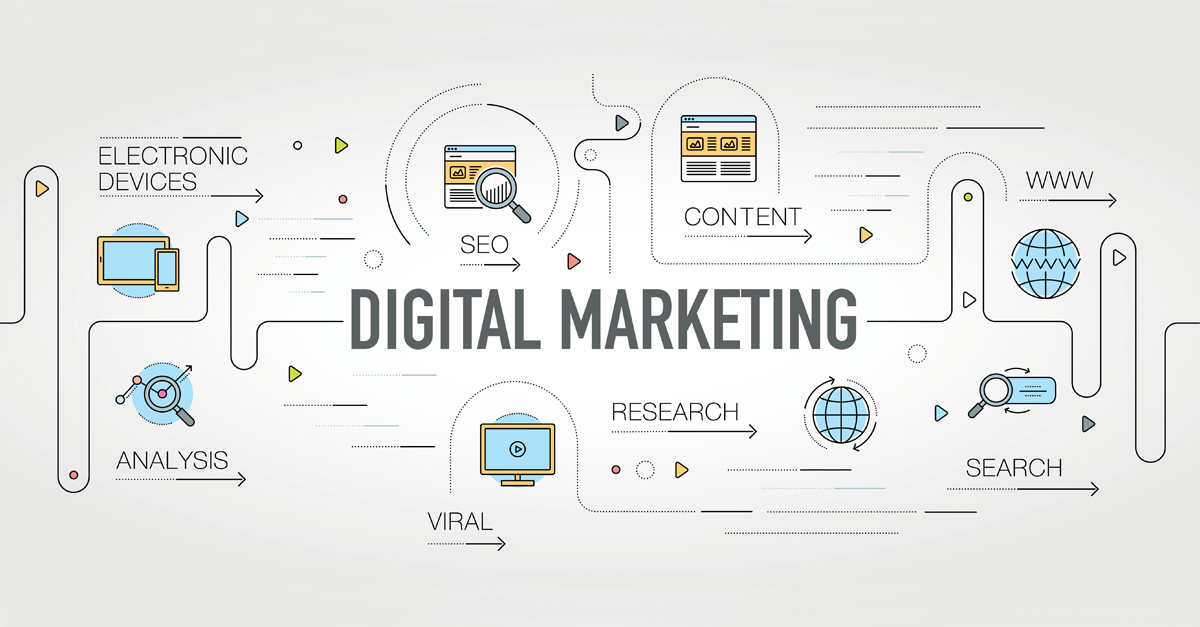Business is driven by relevancy. What you are offering, your price, your timing, your strategy—these all must be relevant to close deals and grow your business.
We may be aware of that, but how do we navigate the digital landscape to deliver the right messages to the right people at the right time?
Digital marketing can be a valuable resource for building business relationships. Digital marketing strategist Danny Murawinski shared his expertise and innovative approach to helping businesses grow their digital audiences.
The power of relevance
When Danny Murawinski launched his company Exit Built, he wasn’t just starting a digital marketing firm—he was kicking off a mission to liberate companies from long-term agency dependency. Speaking at Business Growth Strategies, an ISSA event, Murawinski walked attendees through a high-energy, data-backed presentation, offering a compelling blueprint for scaling digital engagement, driving conversions, and making your content work harder for you.
Murawinski began with a fundamental truth: “Relevancy drives all commerce.” Whether a customer books a hotel, chooses a coffee shop, or attends a trade show, the decision is rooted in emotional and situational relevance. Being top-of-mind, he emphasized, starts with connecting on a deeper level than just price or features.
Even neutral responses to content, Murawinski said, aren’t neutral for long. “Neutral is really just indecision. Eventually, it goes positive or negative,” he explained. Whether it’s a cold call or a digital ad, repeated exposure moves people emotionally—and that’s where influence begins.
The internet: How content finds you
Murawinski gave a crash course in the evolution of digital algorithms, from the days of Ask Jeeves and early Google to the modern interest graph powering platforms like TikTok, LinkedIn, and ChatGPT. The shift, he noted, came in 2019 when TikTok implemented its now famous “For You” page.
“That was the moment the game changed,” he said. “It’s no longer about who you follow. It’s about what you pause on, what you watch, and what you engage with. The algorithm builds a profile of you based on that behavior.”
LinkedIn, for instance, has now adopted a similar model. That’s not a coincidence—it’s an arms race for attention, and the platforms are all evolving to serve more relevant content faster.
Timing + trust + need
To help frame relevance in a business context, Murawinski shared a Venn diagram-style mental model: timing, trust, and need. When all three align, customers convert quickly. With two, the sales process slows. With only one, you’re unlikely to close the deal without significantly more work.
“If I send a relevant podcast episode to a prospect who trusts me and needs what I’m offering, that one piece of content can close the deal—and scale across 100 others just like them,” he said.
Scale happens when departments share
Murawinski critiqued the tendency for businesses to silo sales, tech, and marketing teams. Real scale, he argued, happens when those departments form feedback loops.
“Sales teams need marketing content that actually helps close deals,” he said. “Marketing teams need data from sales on what content works. Tech teams need to build infrastructure that supports both. When you sync those teams, your content becomes a force multiplier.”
A data goldmine
Murawinski explained how companies can use free tools and pixel technology to collect valuable first-party data from their websites. That data, he explained, can be segmented and turned into micro-targeted marketing audiences.
“You don’t need to spend thousands on broad ads anymore,” he explained. “You can build high-performing campaigns for a fraction of the cost if you target only the people who’ve already visited your site. Five dollars can get you in front of 1,000 qualified people, and if you do it right, you can hit them five times a day for less than $40.”
Your digital content reflects your business
Murawinski closed with a reminder: Your digital presence reflects your business. If your feed is full of junk, your audience sees junk. But if your content is insightful, well-targeted, and relevant, it can drive engagement, conversion, and loyalty.
His advice to attendees? Start by applying pixel technology today. “It’s free, it’s easy, and it unlocks the door to smarter marketing,” he said. “Then, connect your teams. That’s when true scale begins.”
Whether you’re a small business looking to modernize or a large firm ready to make your marketing dollars work harder, Murawinski’s message was clear: Relevance isn’t just a buzzword—it’s your fastest path to growth.
Watch Murawinksi’s presentation below at the Business Growth Strategies event at ISSA headquarters in June.



